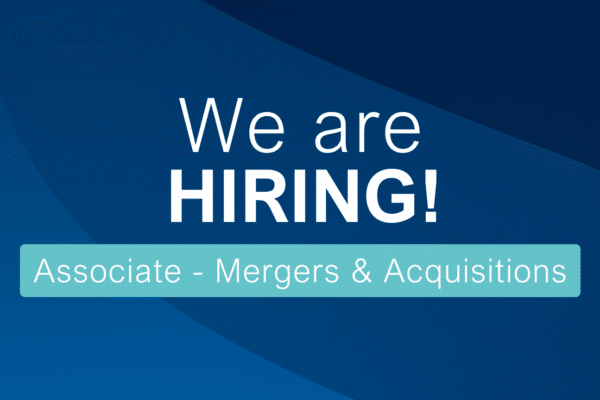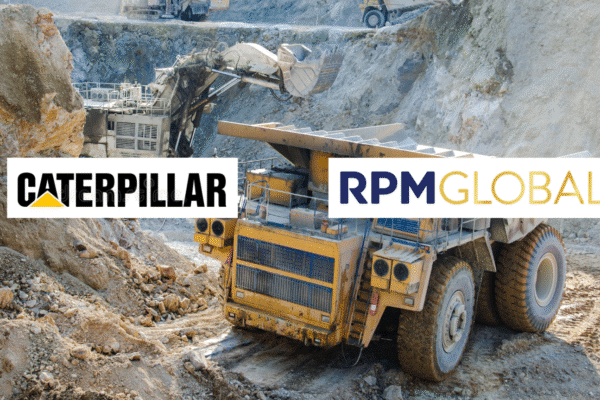
Metrics that matter: What tech investors are looking for? (Part 1)
30.4.2025If you’re reading this article, you’re probably in a position where you’ve built a great software business. Between endless product and engineering sessions with your teams, customer escalations and sales meetings you’ve probably given some thought, or maybe a lot, about what the next step in your business will be.
Most of the time, that means bringing in new shareholders who bring new perspectives and fresh money, whether that is to drive growth or take control. But bringing in that money is rarely a simple exercise, and the language that many of these investors will talk in often sounds foreign to those who have spent most of their time at the coal face of building a business.
This article breaks down, in simple terms, the quantitative factors that investors can often consider. This isn’t an exhaustive list of metrics, and individual investors may have specific traits that they’re looking for that we haven’t covered here. But this represents some of the most common attributes that investors look at.
These factors are generally pretty consistent whether it’s a private equity fund looking to buy you, a strategic buyer intent on integrating your business into theirs, a venture capital fund or growth equity providing some funding to help you scale, or an investment bank taking you public. All of these go to value and the better your business tracks against these, the higher valuation you can expect.
Even if you’re not thinking about anything like this, the article is still for you. All of these factors are great indicators of the health of your business and tracking them can create a great framework for managing ongoing growth, ensuring your business reaches its full potential.
1. Total ARR (Annual Recurring Revenue)
- This is your baseline – your predictable, contracted revenue over a year. A solid ARR generally indicates a stable business model and is a primary indicator of your company’s value, and size often carries a premium. After all, you may be able to convince a few customers to pay for a substandard product, but a company that’s making $30m+ is generally providing something valuable.
- Many investors look at recurring revenue specifically as that is what they can bank on, and often attribute less value to revenue from hardware or professional services. Usually, if you’ve hit $30m of ARR the universe of investors is quite large, but there are also growth investors that look at deals above $5m. As a guideline, if you’re under that range, VC funds are often the best source of investment.
2. ARR Growth Rate
- This metric pairs up with ARR. While the total ARR shows how much bankable revenue you’ve got, investors will usually want to see steady growth year to year. While each sector and subsector differs, as a rule of thumb, if you’re growing your recurring software revenue at 40% or more, you should see investor demand.
- However, lower rates of growth, particularly at a higher total ARR, often attract later-stage, more conservative investors. If you’re below 5% revenue growth but have a mature product, there are usually still options, particularly perpetual holders of software that follow the Constellation Software model.
3. Gross Recurring Revenue and Net Recurring Revenue
- Gross Recurring Revenue and Net Recurring Revenue are less well known than some of the other metrics that we’ll go into, but for many investors, they’re some of the most important. Both of these measures show how well you retain business compared to the previous year. Gross Recurring Revenue is the “leaky bucket” measure. It looks at, of the customers you had and the revenue you earned from them last year, how many of them and their dollars did you retain this year (i.e. how much did you give away in discounts to recontract and how many logos did you lose).
- The max this figure can be is 100% (i.e. you lost nothing), but a value of 95% usually shows that you have a sticky product that your customers value, and your business can keep customers once you get them. If you’re tracking at below 70%, it may ring alarm bells. Net revenue retention does the same analysis but then adds any additional revenue you’ve gotten from upselling additional services or price increases to existing customers. A value of 115% or more is generally a good sign that you’re growing sustainably.
4. Gross Margin
- One of the reasons investors often give for why they love software, particularly SaaS, is that great software products that have found product-market fit are usually amazing at generating free cashflow. Investors will often look for companies that have high gross margins (80%+) as it shows that once you’ve acquired a customer it doesn’t cost you much to service them – for example, the business uses cloud infrastructure efficiently, or that the product is of a sufficient quality that customers rarely run into issues adopting and using it. The remainder of the money can go to two things: funding future growth or paying a dividend (investors love both).
- The costs that ordinarily get reflected in gross margin are your cloud, third-party license, implementation and customer support costs. Consider working closely with your accountant to manage what costs go where – while from a cash perspective it doesn’t really matter, if an expense is misclassified as cost of goods sold, it can make it look like it costs you more to keep your customers than it really does.
The bottom line
In the world of software, some metrics have become key and are given more prominence. Businesses that hit the top range of these metrics are often securing improved multiples. Next month, we’ll go into additional metrics that investors in software may consider.
If you’re considering bringing new investors into your business, looking to sell down (partially or completely) or just want to benchmark your business against what investors are looking for, reach out to Luke Harwood for a confidential discussion.
And stay tuned as next month we’ll dive into Part 2, where we’ll reveal further metrics that matter when it comes to building and scaling a great software company.










